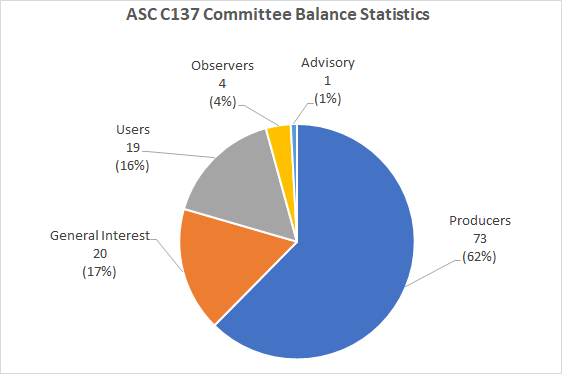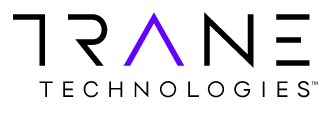![]() By Phil Combs*, CEM, CMVP
By Phil Combs*, CEM, CMVP
The forthcoming ANSI C137.5 standard will provide specifications regarding energy measurement from lighting systems and devices. This represents a significant opportunity for the EVO and IPMVP community to add more value to lighting retrofit verification while also reducing uncertainty and minimizing time and cost.
ANSI C137 is the lighting systems committee sponsored by the National Electrical Manufacturers Association (NEMA), which develops standards and specifications for indoor and outdoor lighting systems installed in an application with consideration of human health and comfort, personal security, the physical environment, energy consumption, and daylight integration. Such lighting systems includes components (e.g., luminaires, sensors/controllers, windows or skylights) and associated software designed to minimize energy use while maintaining lighting quality, and that may be interconnected to provide control, monitoring functions, and interface with related systems.
ANSI provides a neutral setting for stakeholders to develop standards.
The C137 lighting systems committee is an industry committee that has wide-ranging stakeholders and representative organizations as summarized in the illustration below
These groups consist mainly of representatives from the lighting industry, utilities, and government agencies such as national labs.

There are several working committees under the C137 standards group:
C137.0 – Lighting System Definitions
C137.1 – 0-10V Dimming Interface for LED Drivers, Fluorescent Ballasts, and Controls for Lighting Systems
C137.2 – Cybersecurity Requirements for Lighting Systems
C137.3 – Minimum Requirements for installation of Energy Efficient Power over Ethernet (PoE) Lighting Systems
C137.4 – Lighting System Digital Interface with Auxiliary Power
C137.5 – Lighting System Energy Reporting
C137.6 – Information Model and Data Tagging
C137,7 – Parking Lot Lighting
C137.8 – Lighting System User Interfaces
EVO was invited to join the committee in 2018 as a mean to see if some of the clarification updates under consideration would adhere to the widely recognized IPMVP principles – a strategy meant to build on the existing acceptance of the IPMVP and streamline market adoption.
Of these committees, ANSI C137.5 – Lighting System Energy Reporting, provides much potential opportunity for lighting energy conservation measure (ECM) verification.
For example, consider a traditional lighting retrofit ECM. Pre-retrofit and Post-retrofit lighting sampling of wattage and/or hours is chosen (Option A) to manage the cost of M&V. The M&V activity is traditionally a manual, one-time measurement of one of the key parameters. Although pre-retrofit activities would likely stay the same, for post-retrofit there is the ability to continuously and remotely measure all key parameters (Option B). This change in approach can simultaneously reduce cost and uncertainty, while adding more value to stakeholders.
The standard is very detailed in terms of scope and requirements, and adequately addresses M&V considerations such as uncertainty, error, precision, calibration, data requirements, and scope definitions in terms of which components included and excluded from energy measurement. The consensus objective it to ensure that measurement and reporting of energy usage in lighting systems would be contained within a 10% measurement uncertainty at a confidence level of 90%. This applies to both energy reporting devices (ERD) or ERD aggregators (ERDA).
The standard has no specific normative references but lists EVO 10000-1 IPMVP Core Concepts and EVO 10100-1 Uncertainty Assessment for IPMVP as two informative references.. The standard is currently under formal review and expected to be released in the Fall of 2020.
REFERENCES
NEMA https://www.nema.org/Technical/Pages/ANSI-C137-Lighting-Systems-Committee.aspx
ANSI C137 Lighting Systems, August 2017
Michael S. O’Boyle, LC – Technical Policy Manager - Signify
American Lighting Association (ALA)
Proposed American National Standard For Lighting Systems Digital Interface with Auxiliary Power, Jan 1, 2019
Michael S. O’Boyle, LC – Technical Policy Manager - Signify
Digital Illumination Interface Alliance (DiiA)

(*) Phil Combs, CEM, CMVP, is a Measurement and Verification Engineer for Trane Technologies, and a member of EVO's IPMVP Committee and ANSI C137.5 subcommittee.





